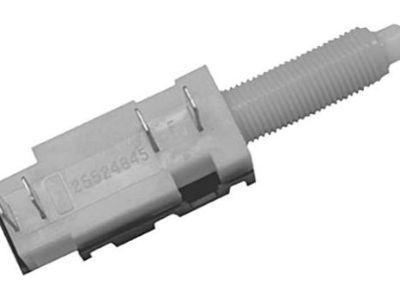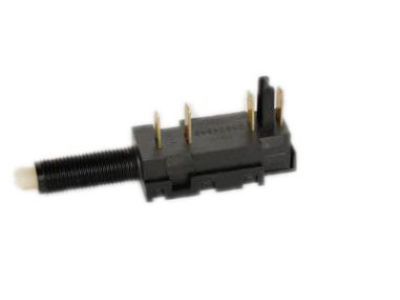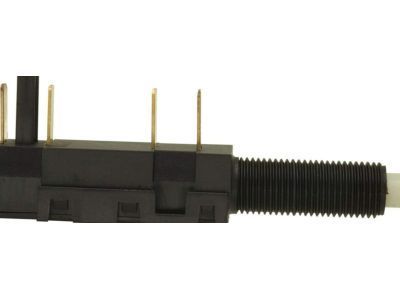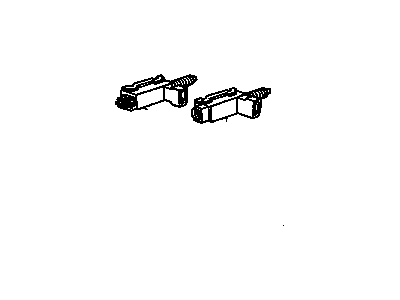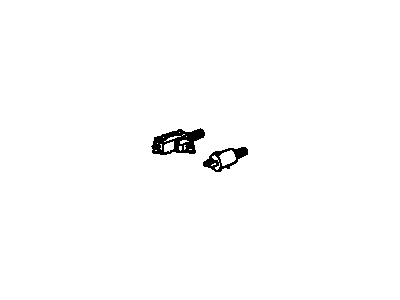
My Garage
My Account
Cart
Genuine Pontiac Fiero Brake Light Switch
Brake Lamp Switch- Select Vehicle by Model
- Select Vehicle by VIN
Select Vehicle by Model
orMake
Model
Year
Select Vehicle by VIN
For the most accurate results, select vehicle by your VIN (Vehicle Identification Number).
6 Brake Light Switches found
Pontiac Fiero Switch Assembly, Stop Lamp & Cruise
Part Number: 25524845$16.96 MSRP: $31.78You Save: $14.82 (47%)
Pontiac Fiero Brake Light Switch
The Brake Light Switch of Pontiac Fiero plays an important role of pulling a switch which turns on the brake lights whenever the brake pedal is depressed. This mechanism makes drivers behind the Pontiac Fiero realize when the car is judging down or stalling thus improving safety on the road. While the overview does not specify different types or styles of Brake Light Switch used in various Pontiac Fiero models, it is essential to recognize that the primary goal remains consistent across all iterations: to provide adequate indications of the braking actions intended. It is elementary to understand that the Brake Light Switch is also an important link with other motorists and can thus be regarded a factor in the long-term safety of motoring.
Each OEM Pontiac Fiero Brake Light Switch we offer is competitively priced and comes with the assurance of the manufacturer's warranty for the part. Furthermore, we guarantee the speedy delivery of your orders right to your doorstep. Our hassle-free return policy is also in place for your peace of mind.
Pontiac Fiero Brake Light Switch Parts Questions & Experts Answers
- Q: What is the function and positioning of the brake light switch on Pontiac Fiero?A:It also controls the Torque Converter Clutch (TCC) in models with automatic transaxles and acts as the kill switch for cruise control in models with automatic transaxles. It is fitted on the clutch pedal bracket in those vehicle with cruise control and manual transaxles. The switch is located on the brake pedal support under the instrument panel /cockpit and or the drivers seat. If the brake pedal is fully released then the switch plunger should totally rest on the pedal shank and when the pedal is pressed the plunger is released and provide the electrical current to the stop lights. In cases where the stop lights are not functional, the first thing that one should do is to establish whether the light bulbs are fused. If the bulbs are good, make sure that the tubular clip fits in the brake pedal mounting perfectly well. With the brake pedal pressed down put the stop light switch in the tubular clip until the switch body is flush with the tubular clip, it is accompanied by two audible clicks from the threaded end passing through the tubular clip. To seat the switch firmly and to have the correct adjustment of the brake pedal, pull back the brake pedal with force till no more click sounds are heard and the pedal is right up to the pedal stop. Release the brake pedal and, by pressing the brake pedal again, make the previous step to ensure that no more click is heard. Make sure that the stop lights are working. If they remain nonfunctional, the electrical connectors at the stop light switch can be disconnected and the switch pulled from its retainer. Some actions require a new switch to be installed and adjusted, with wire electrical connectors connected to other parts.
